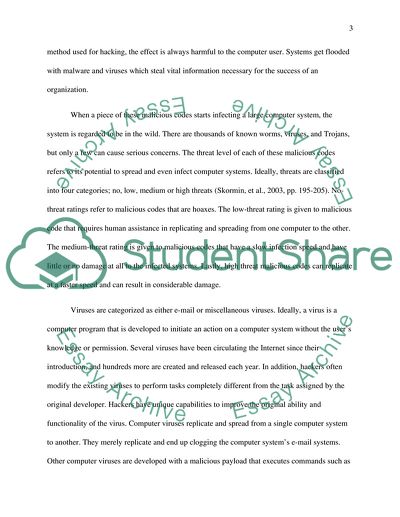Cite this document
(Information System for Travel and Tourism Essay, n.d.)
Information System for Travel and Tourism Essay. Retrieved from https://studentshare.org/tourism/1865324-information-system-for-travel-and-tourism
Information System for Travel and Tourism Essay. Retrieved from https://studentshare.org/tourism/1865324-information-system-for-travel-and-tourism
(Information System for Travel and Tourism Essay)
Information System for Travel and Tourism Essay. https://studentshare.org/tourism/1865324-information-system-for-travel-and-tourism.
Information System for Travel and Tourism Essay. https://studentshare.org/tourism/1865324-information-system-for-travel-and-tourism.
“Information System for Travel and Tourism Essay”, n.d. https://studentshare.org/tourism/1865324-information-system-for-travel-and-tourism.


